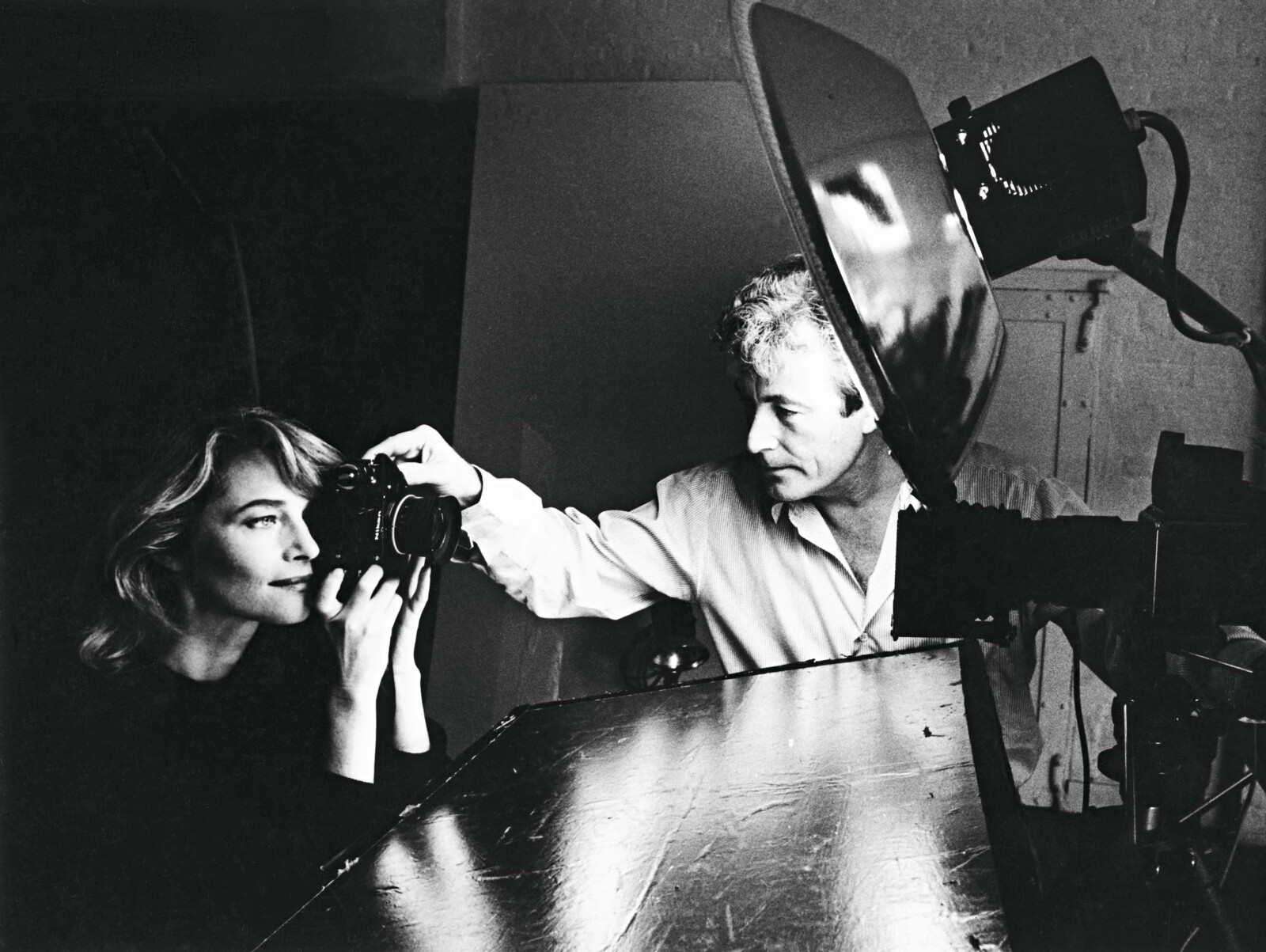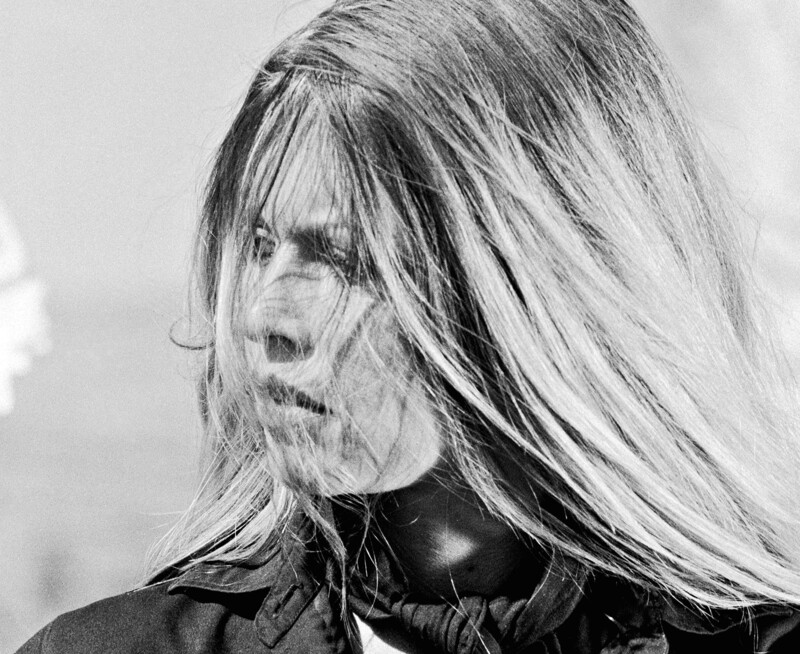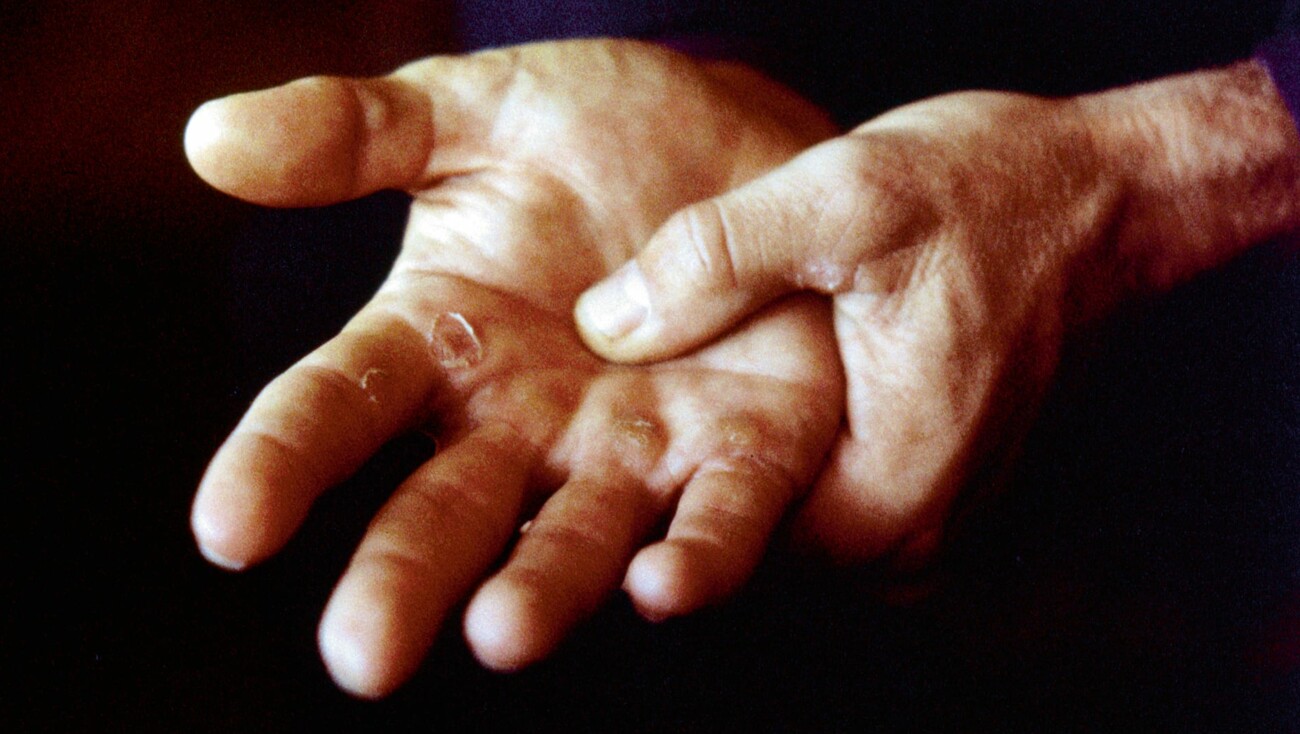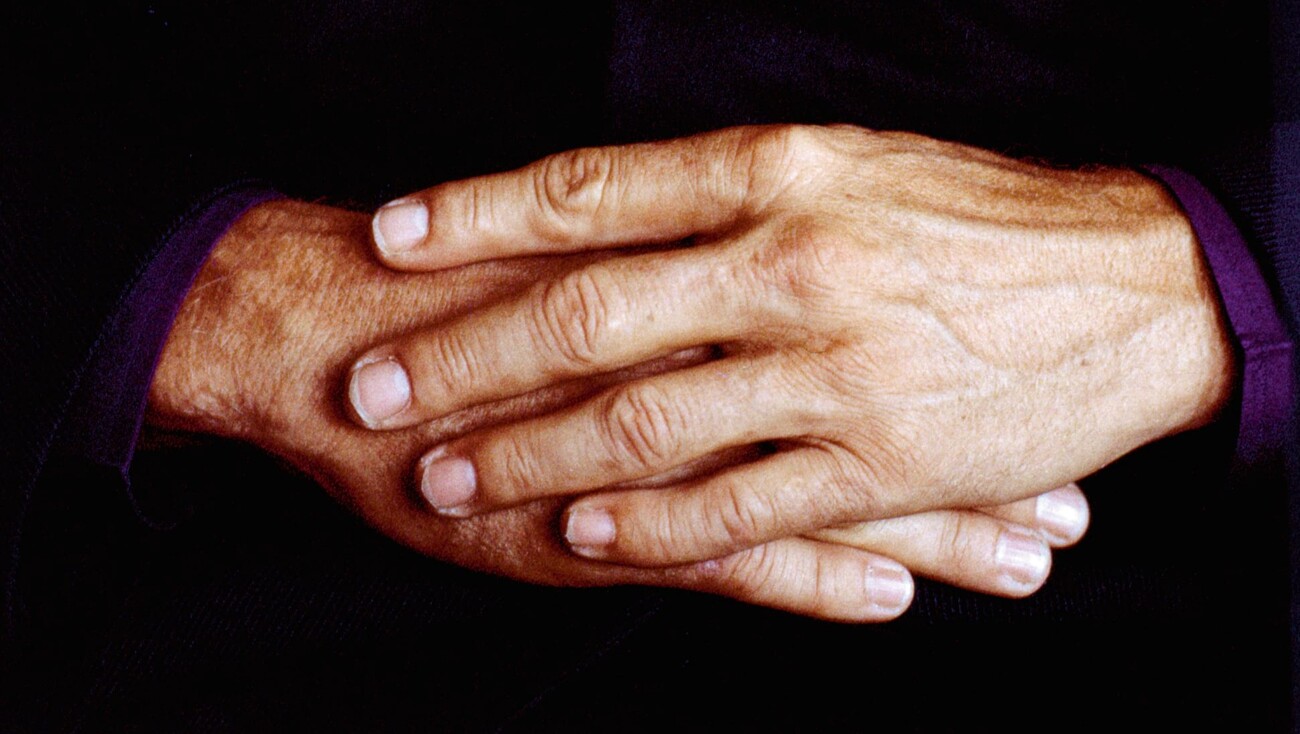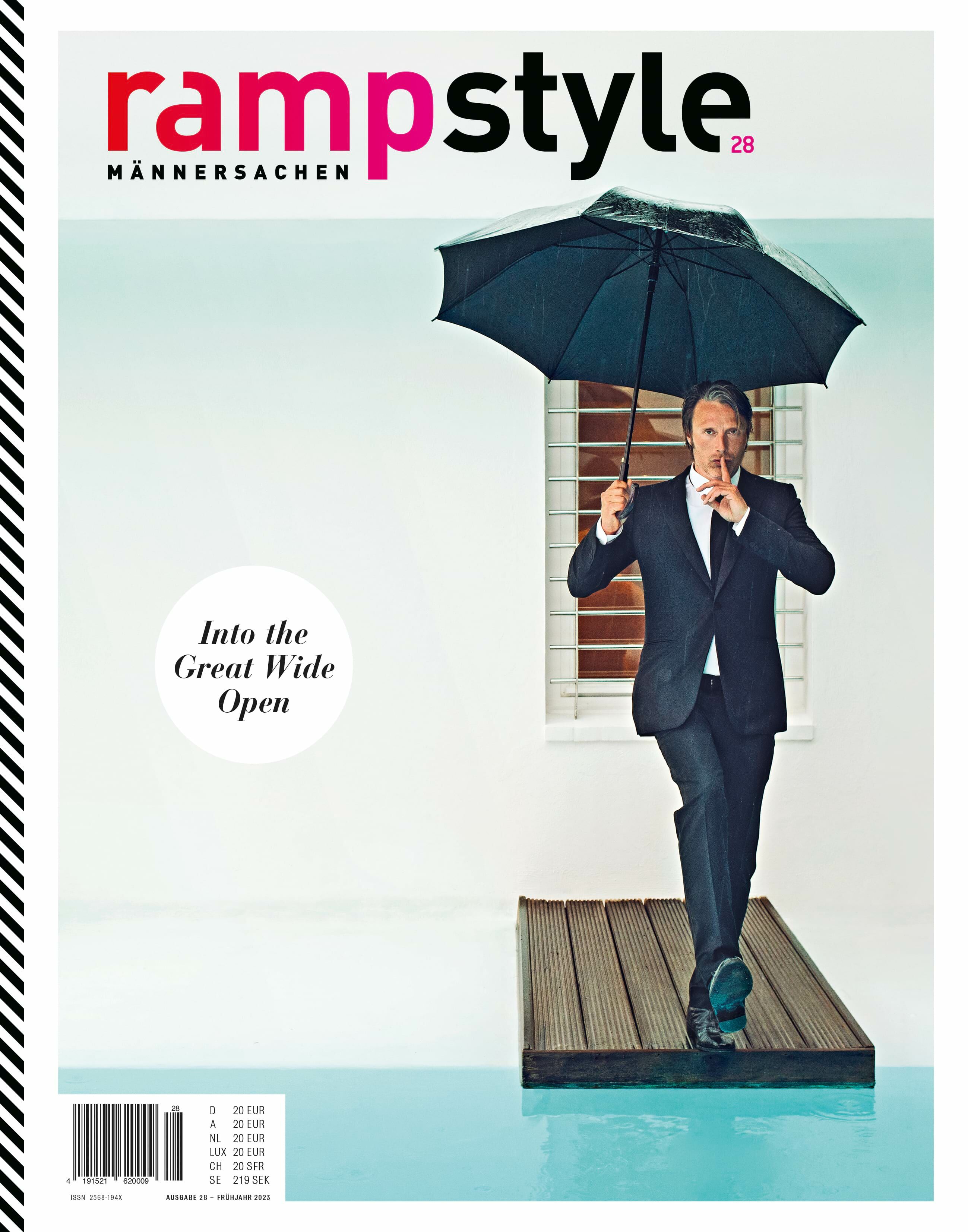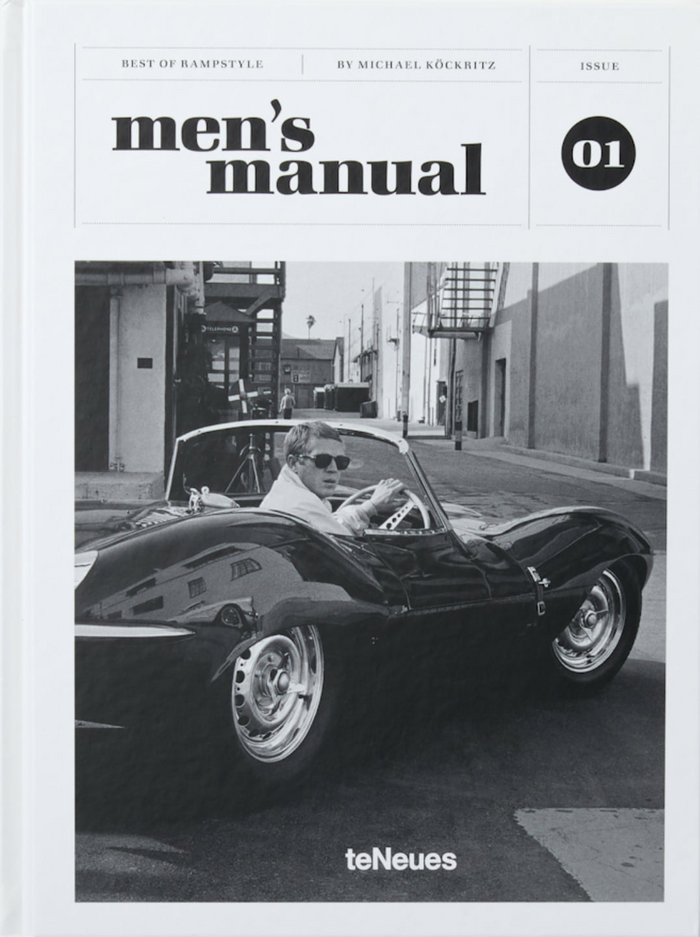What O’Neill didn’t know at the time was that this gentleman was the British Home Secretary Rab Butler. A passing journalist suggested selling the photo to a newspaper, and the next day the picture appeared on the front page of the Sunday Dispatch. His fee: twenty-five pounds. Not long after, O’Neill got his first job at the Daily Sketch.
He photographed the Beatles squinting into the bright daylight. As for the Stones, their manager Andrew Loog Oldham wanted a story done on his protégés. O’Neill suggested outfitting them with some suitcases to make them look like a touring band. As we can see, these weren’t just coincidences that played into the photographer’s hands; it was also his ideas for setting the stage that made his photos so special. But what all his pictures had in common was that either the captured moment proved to be a document of the times, like the nudes of Ursula Andress as a symbol of a new freedom, or a mise-en-scène that told a whole story, like the shot of Faye Dunaway on the day after the Oscars.
